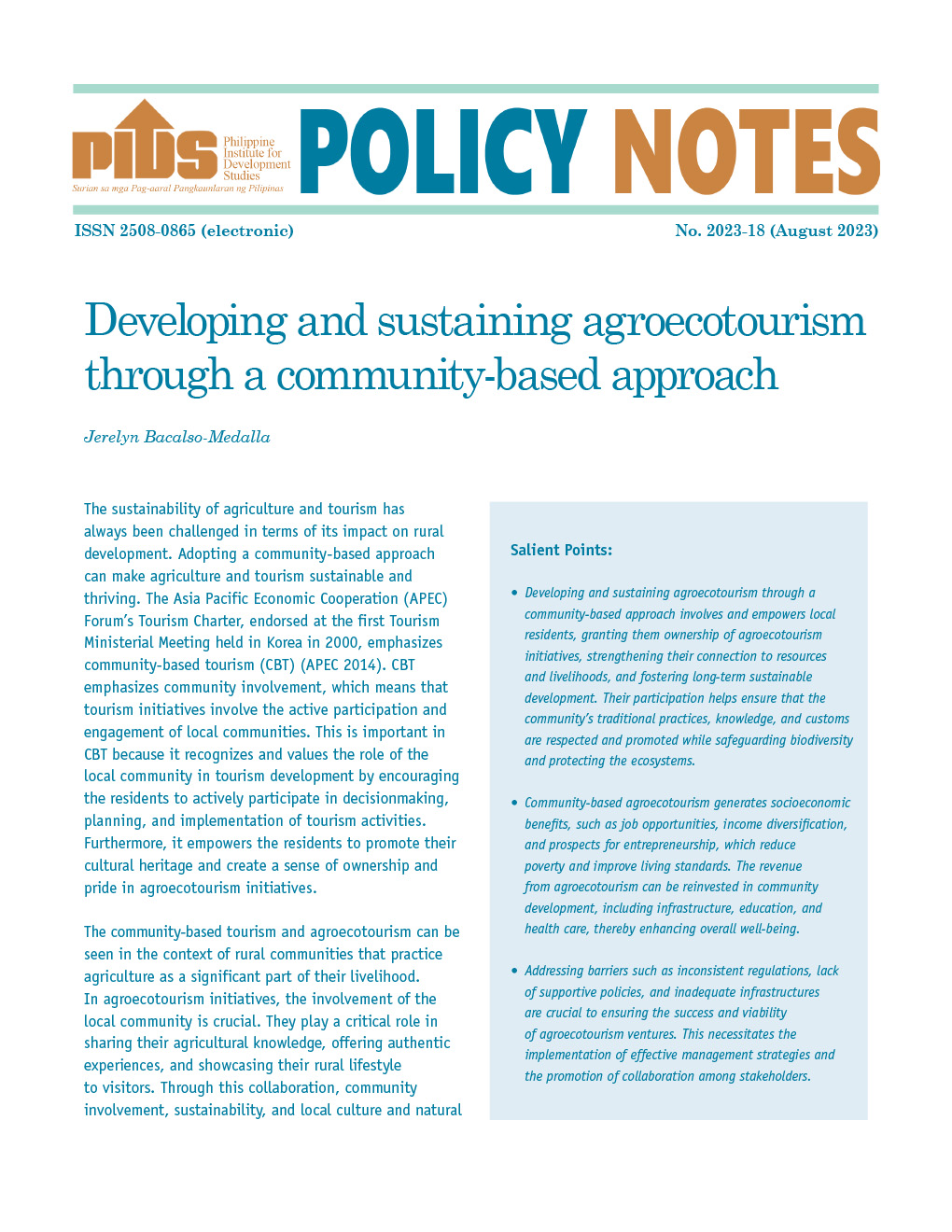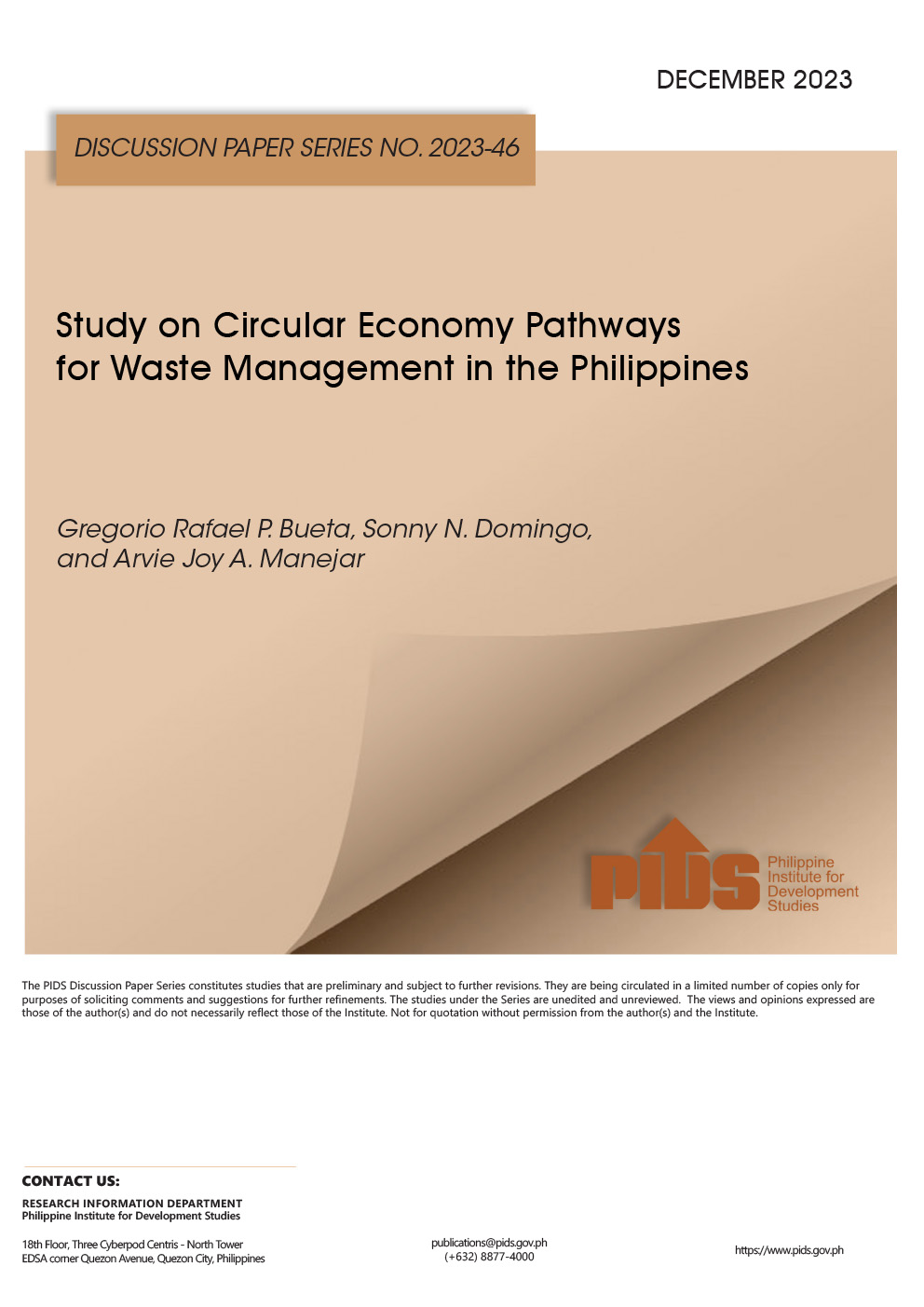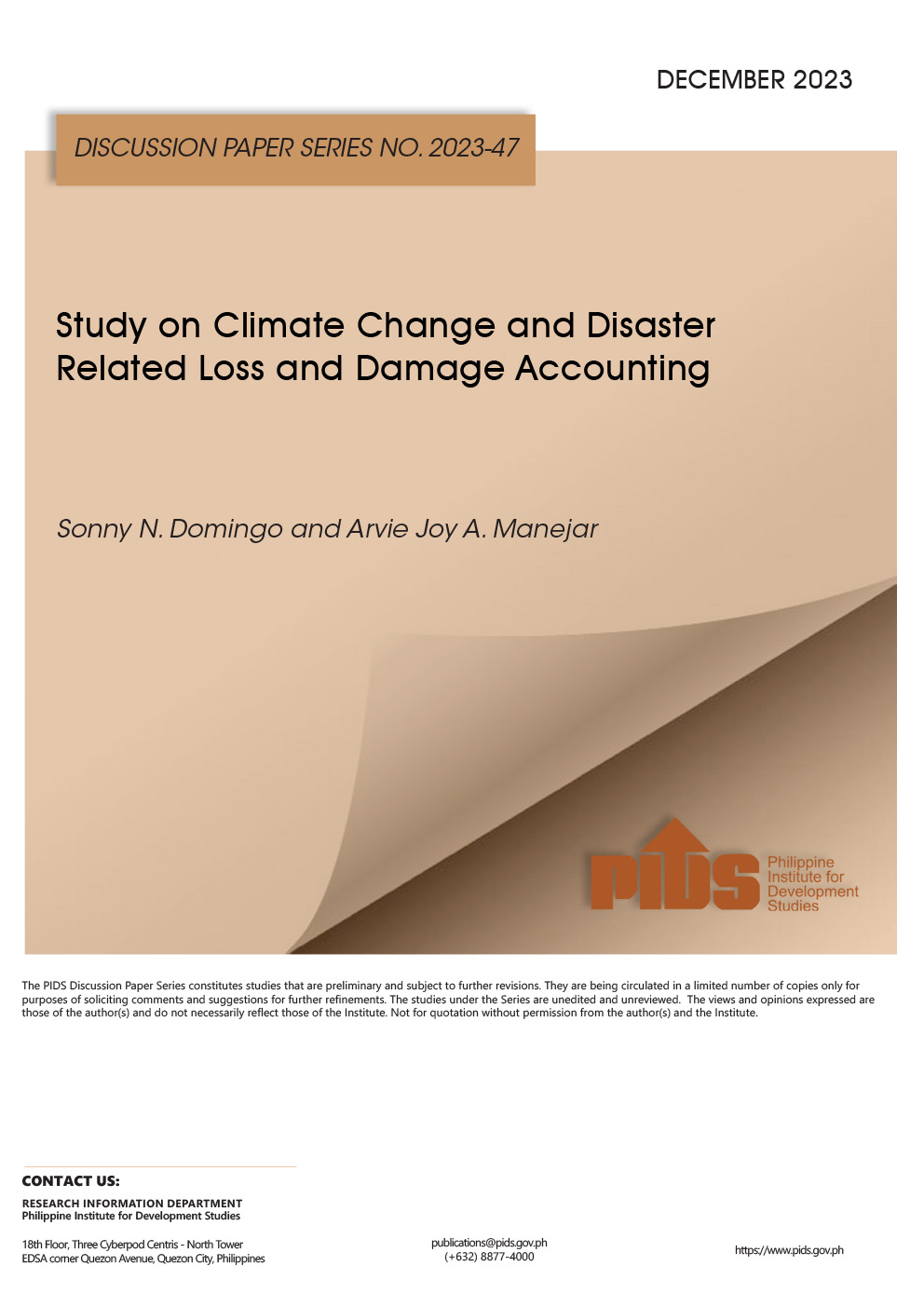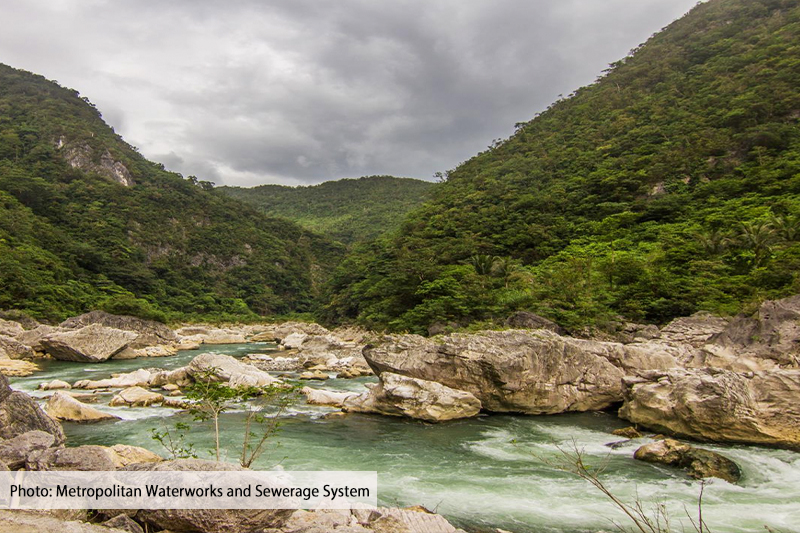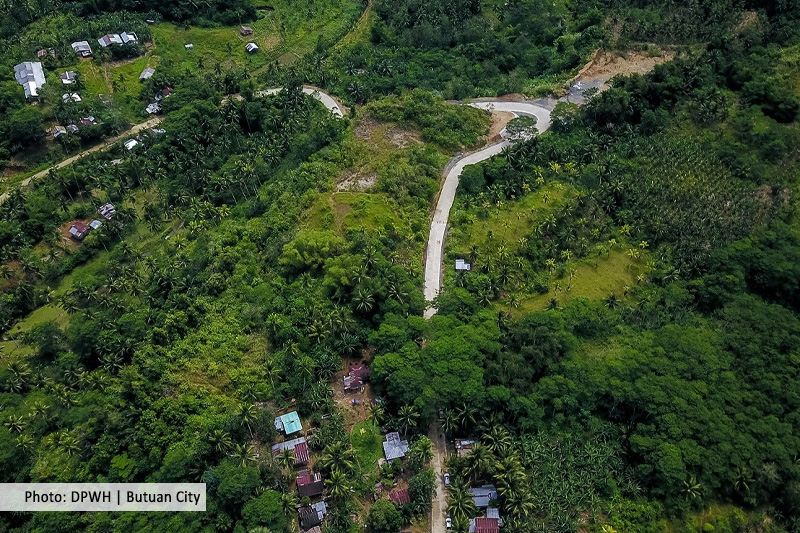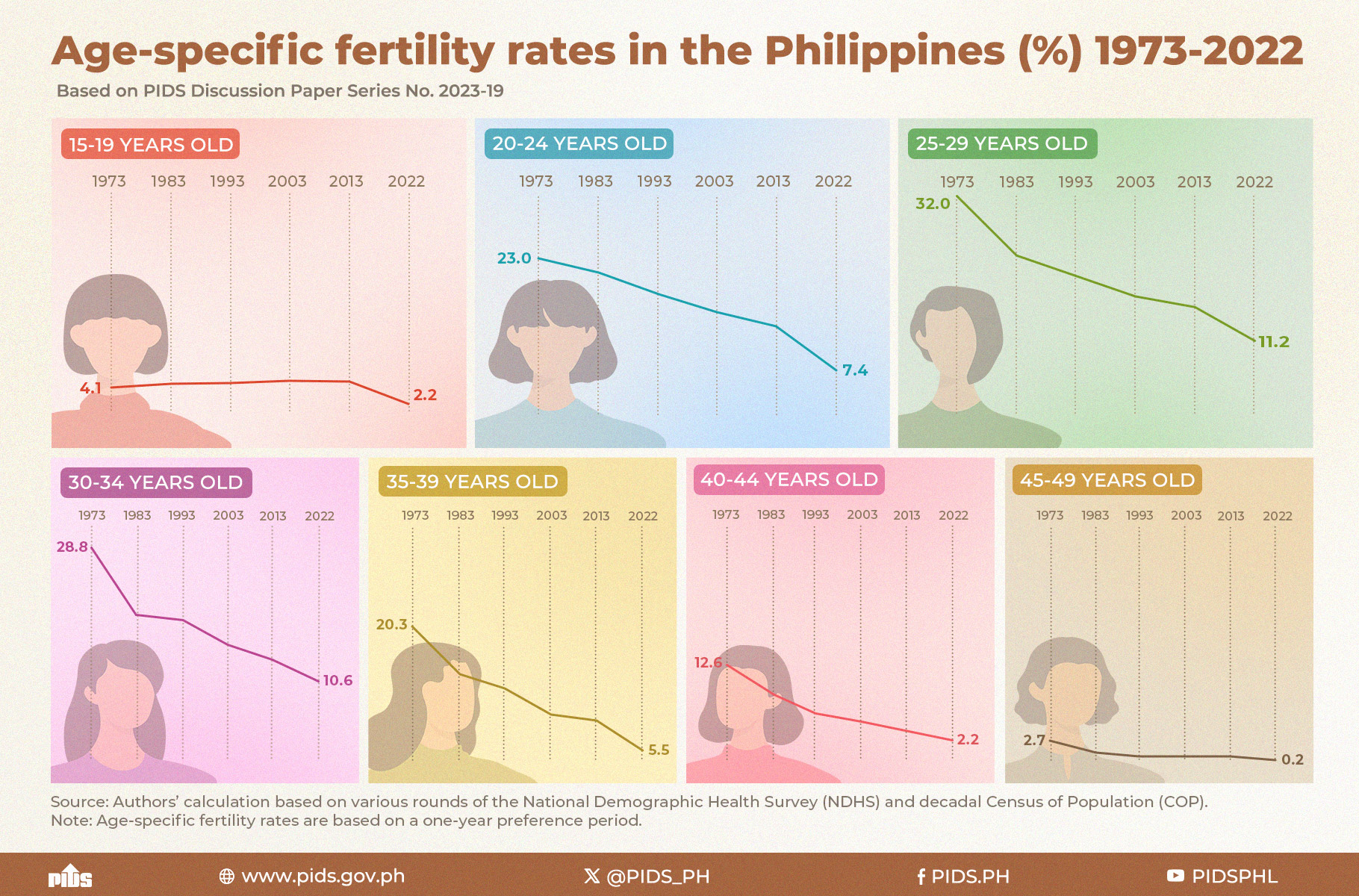I’m no songwriter, so I can’t say for sure what Philip Oakey and Giorgio Moroder had in mind when they penned ‘Together in Electric Dreams’ back in the ’80s. Perhaps it’s a story on the enduring power of friendship. Maybe the pair wanted to comment on the increasing role of technology in people’s lives. Hell, it could just be gibberish layered on top of a then-trendy synthpop beat.
Who provided the most influence in your decision to purchase a car before?
Or—hear me out—maybe Oakey and Moroder were visionaries who foresaw that we would all one day be riding around in battery-powered two- and four-wheelers. Yes, I see it now. “We’ll always be together, together in electric...vehicles.” Cue synthesizer.
Overused musical references and atrocious lyricism aside, the fact is that the future of our personal mobility will be powered by electricity. Toyota, who is responsible for roughly two out of every five brand-new cars sold in the country, plans to sell 5.5 million electrified units annually across the globe by 2025. Volkswagen Group has stated that it will stop selling internal combustion-powered cars in Europe entirely by the early 2030s. In some countries, electric cars and charging stations are already a common sight.
But what about the Philippines?
The EV landscape in the Philippines today
Figures from the Land Transportation Office (LTO) show that there were 11,950 electric vehicles registered with the agency between 2010 to 2019. Of these, cars, SUVs, and utility vehicles made up just 7.5%—roughly 896 units—over that 10-year stretch.
What this means is that we’re very much behind the rest of the world in the race to an electric future, even within our own region. The Pew Research Center notes that EVs accounted for 1% of new car sales in Thailand in 2020. A report from Reuters pegs Thailand’s domestic sales last year at 792,146 units, meaning brand-new EVs made up around 7,921 cars on the road over there in one year alone.
The uphill battle for EVs
Why has the Philippines been so slow to adapt? According to former Philippine Institute for Development Studies (PIDS) supervising research specialist Maureen Ane Rosellon, who recently wrote a paper titled ‘Clean Energy Technology in the Philippines: Case of the Electric Vehicle Industry,’ there are numerous challenges plaguing the progress of EVs in the country.
“[The growth of EVs in the country] faces relatively low technology utilization, general concerns about the infrastructure, and strong competition for investments,” Rosellon said during a PIDS webinar titled ‘Challenges and Prospects of the Philippine Electric Vehicle Industry.’
The infrastructure concerns are perhaps more prominent in the Philippines than in any other country in the region. In 2019, the Department of Trade and Industry (DTI) noted that there were only 19 charging stations throughout the country. Vietnam, in contrast, has over 400 stations courtesy of automotive startup Vinfast to service the country’s 97 million citizens.
On paper, this may not be as big an issue as it seems—a recent study by J.D. Power found that almost 90% of EV owners prefer to charge at home. However, considering that the Philippines has some of the most expensive electricity rates in Asia and a low average income, the lack of publicly available charging stations is a significant deterrent for many would-be EV buyers.
And if charging is not widely available, then motorists’ range anxiety would only grow further. A study commissioned by Nissan in 2018 investigating the state of EVs in Southeast Asia found that 60% of respondents consider worrying about running out of power to be “Very Important.”
So, is the Philippines’ dream of an electric future bound to short-circuit before it truly sparks?
What can be done?
According to DTI undersecretary for the Competitiveness and Innovation Group Rafaelita Aldaba, the country’s potential role in EV production must be explored.
“The future car is going to be autonomous, electric, connected, and shared. Hence, there is a need to focus on the role that the Philippines could play in building autonomous vehicles and smart cities, e-commerce and the future of delivery vehicles, and online mobility platforms or ride-hailing applications,” she stated during the PIDS webinar.
Aldaba adds that attention should also be given to encouraging the use of more convenient public transportation in urban areas as well as the growing number of e-scooters and e-bikes in the country. As per the LTO, there were 4,260 electric motorcycles and 6,783 electric tricycles registered with the agency last decade.
Rosellon, meanwhile, recommends the following action points:
1. Fast-tracking the government’s deliberations on the Senate EV bill. As of this writing, Senate Bill No. 1382, or the Electric Vehicles and Charging Stations Act, was approved in its third and final reading back in May. House Bill No. 10213 (the Electric Vehicle Industry Development Act) was approved by Congress in September.
2. Conducting studies on the Philippines’ EV manufacturing prospects. She cites the inclusion of a battery manufacturing roadmap and a charging infrastructure plan as part of this process.
3. Beginning deliberations on the right fiscal incentives to stimulate demand.
4. The establishment of an EV strategy committee composed of representatives from the government and the private sector.
5. The inclusion of the EV sector in the areas for technical cooperation and trade missions.
Will the Philippines ever experience electric dreams?
Despite the current dismal state of EV sales in the country, the prospects of an electric motoring future are surprisingly bright.
Nissan’s study ranked the Philippines at the top of the region in terms of EV acceptance—46% of Filipino respondents said they would consider an EV for their next purchase. This is perhaps a big reason why the Japanese carmaker introduced its signature EV, the Leaf, to the country earlier this year.
In a separate 2019 study conducted by Rakuten Insight in the Philippines, 20.26% of survey respondents said they would purchase an EV if it were priced the same as a car equipped with an internal combustion engine. Meanwhile, a total of 43.97% said they would buy one even if it were more expensive.
At the same time, the government appears to strongly support the transition to electric power. Aside from the aforementioned EV bills, there are other projects in the works as well. The PUV Modernization Program, for example, has resulted in an increase in battery-propelled vehicles on local roads. A few months ago, the Department of Energy endorsed a five-year plan to the Board of Investments (BOI) that includes deploying 20,000 imported EVs.
On the infrastructure front, there has been a noticeable number of charging stations popping up since the DTI released its initial figure two years ago. In the past few weeks alone, Metro Pacific Tollways Corporation announced plans to install charging stations along the Cavite-Laguna Expressway, while the Department of Science and Technology opened new facilities in Quezon City.
As it stands, the government predicts greener things in our mobility sphere. The DTI projects that by 2030, there will be 6.6 million EVs on our roads—50% of which would be manufactured locally. The total tally would include 72,000 PUVs, 12,000 buses, 70,000 trucks, 70,000 UVs, 2.7 million two-wheelers, and 300,000 three-wheelers.
In a presentation at the 2020 Electricle Vehicle Association of the Philippines Summit, BOI director for Manufacturing Industries Service Evariste Cagatan outlined that the government is aiming to have 21% of all vehicles on the road running on electric power by 2030. By 2040, that fraction would ideally hit 50%.
These figures may never become reality, however, if the right local manufacturing setup is not in place.
“We’ve seen a growing market demand [for EVs], but then, we won’t be able to take advantage of this since we don’t have an industry. If that’s the case, we just would have to rely continuously on imports. So, again, that’s an opportunity we’re going to miss if we’re not going to develop our own industry,” Aldaba explained.
Aldaba notes that the country’s abundant supply of nickel and cobalt could be used as cathode materials to build lithium-ion batteries. Moreover, manufacturing these power supplies locally would allow the Philippines to “market these batteries and battery parts to [its] FTA partners such as Japan, Australia, New Zealand, China, and Europe.”
Rosellon, for her part, suggests pinpointing a particular segment of EVs that the country can call its own.
“One area that the government and industry players can study is the viability of focusing on a specific type of electric vehicle—e.g. choose from passenger car/van, bus or truck; or technology—full-electric or hybrid, and make the Philippines a manufacturing hub of that specific EV.”
If all goes well, then perhaps one day the sudden influx of EVs on the road will, to quote a more modern song, shock us like an electric feel.

